Subscribe to our ▶️ YouTube channel 🔴 for the latest videos, updates, and tips.
Measuring Mass
We will discuss about measuring mass.
Look at the illustrations shown below.
Just by observing or trying to lift, we can say that the orange will be lighter than the sack of potatoes. What if we want to measure their weights? We need a standard unit of weight.
Again, look at thew illustrations shown below.
How much heavier is Sonu than Monu?
We need standard units to measure weight.
We know that, when we put two objects in a balance scale, the pan with heavier objects always drops downwards and the pan with lighter object goes up. So, we can compare weights of two different objects using a balance and say which is heavier.
A ball and a marble are placed on the two sides of a balancing scale. We see that the ball goes down. So it is heavier. The marble moves up because it is lighter. So, in the scale, the pan carrying the heavier object moves down and the pan carrying the lighter object moves up.
We keep adding more marbles until the two pans of the balancing scale are at the same level. We say that both the ball and the marbles weigh the same now.
From the above, we can see that the ball weighs the same as the four marbles. To find out how heavy an object is, we need to weigh the object or measure the mass of the object.
Some Standard Units of Weight:
The standard unit of weight is gram.
Its symbol is 'g'. We use gram (g) for weighing lighter objects such as an orange or a small packet of biscuits.
For weighing heavier objects, such as an almirah or a wooden table, we use a larger unit called kilogram (kg).
1 litre bottle of water weighs around 1 kg.
1 kg = 1000 g
Kilogram and Gram:
Kilogram is the standard unit for measuring mass. Kilogram is written as kg. We use kg to weigh heavier objects. We measure lighter objects in grams.
We know the vegetable seller is weighing potatoes in kilogram. The goldsmith is weighing a ring in grams. The wheat bags are weighing in quintals.
Some of the following weights are used like 10 kg, 5 kg, 2
kg, 1 kg, 500 g, 200 g, 100 g, 50 g etc.
Have you seen the standard metric weights shown below?
Grocers use them for measuring weight.
The unit of weight is the gram. Kilogram is a bigger unit of weight.
1 kilogram is equal to 1000 grams
or
1000 grams is equal to 1 kilogram
We write gram as 'g' and kilogram as 'kg' in short form.
1 kg is equal to 1000 g
or
1000 g is equal to 1 kg
Kilogram is the standard unit for measuring mass. Kilogram is written as kg. We use kg to weigh heavier objects. We measure lighter objects in grams.
Some Instruments Used for Measuring Weight
Worksheet on Measuring Mass:
1. Circle the heavier object in each pair.
2. Write the unit of weight in which we will use to measure the following:
(i) eraser
(ii) biscuit packet
(iii) four toffees
(iv) your weight
(v) soap-bar
(vi) gold ring
(vii) bag of rice
(viii) your suitcase and bedding
Suhani and her mother are sitting on the opposite ends of a see-saw.
Who is heavier among the two?
__________ is heavier.
Now Suhani and her brother Ishan are sitting on opposite ends of a see-saw.
Tick (✔) the correct statement.
Ishan is heavier than Suhani.
Suhani is heavier than Ishan.
Suhani and Ishan have same weight.
Now Suhani and Ishan are sitting together on one end while their mother is sitting on the opposite end of the see-saw.
Tick (✔) the correct statement.
The combined weight of Suhani and Ishan is more than the weight of their mother.
The weight of their mother is more than the combined weight of Suhani and Ishan.
The combined weight of Suhani and Ishan is exactly the same as the weight of their mother.
Extra questions for sharp students on measuring mass!
3. Find the total weight in kg. 2 kg sugar, 3 kg flour and 1 kg onion.
2. Sam weighs 45 kg and Aaron weighs 56 kg. What is their total weight?
3. John bought 2 kg apples, 4 kg mangoes, 1 kg pears and put them in his bag. Find the total weight of the fruits in his bag.
4. Three brothers weigh 30 kg, 25 kg and 45 kg. Find their total weight.
5. A man weighs 72 kg and his wife weighs 59 kg. How much does the man weigh more than his wife?
6. Papaya sells at $16 per kg. Find the cost of 4 kg of these papayas.
7. A bag of wheat weighs 25 kg. Find the total weight of 8 such bags.
1. What is the standard unit for measuring mass?
1. What is the standard unit for measuring mass?
Answer:
A gram is a standard unit of weight.
Gram is a small fixed measure of weight. It is used to weigh light objects like chalk, pencil, gold, etc.
Gram is written as 'g' in short.
We can measure the weight of given vegetables in grams.
(i) a tomato
For example, the weight of a tomato is 50 g.
(ii) a ladyfinger
For example, the weight of a ladyfinger is 20 g.
2. What is the SI unit of mass?
2. What is the SI unit of mass?
Answer:
The SI unit ( International System of Units) of mass is the kilogram (kg).
Kilogram is a bigger measure of weight. It is used to weigh heavy objects like pumpkins, bags of rice and sugar, etc.
Kilogram is written as 'kg' in short.
We can measure the weight of these vegetables in kilograms.
(i) a pumpkin
For example, the weight of a pumpkin is 2 kg.
(ii) a jack fruit
For example, the weight of a jack fruit is 4 kg.
From Measuring Mass to HOME PAGE
Didn't find what you were looking for? Or want to know more information about Math Only Math. Use this Google Search to find what you need.

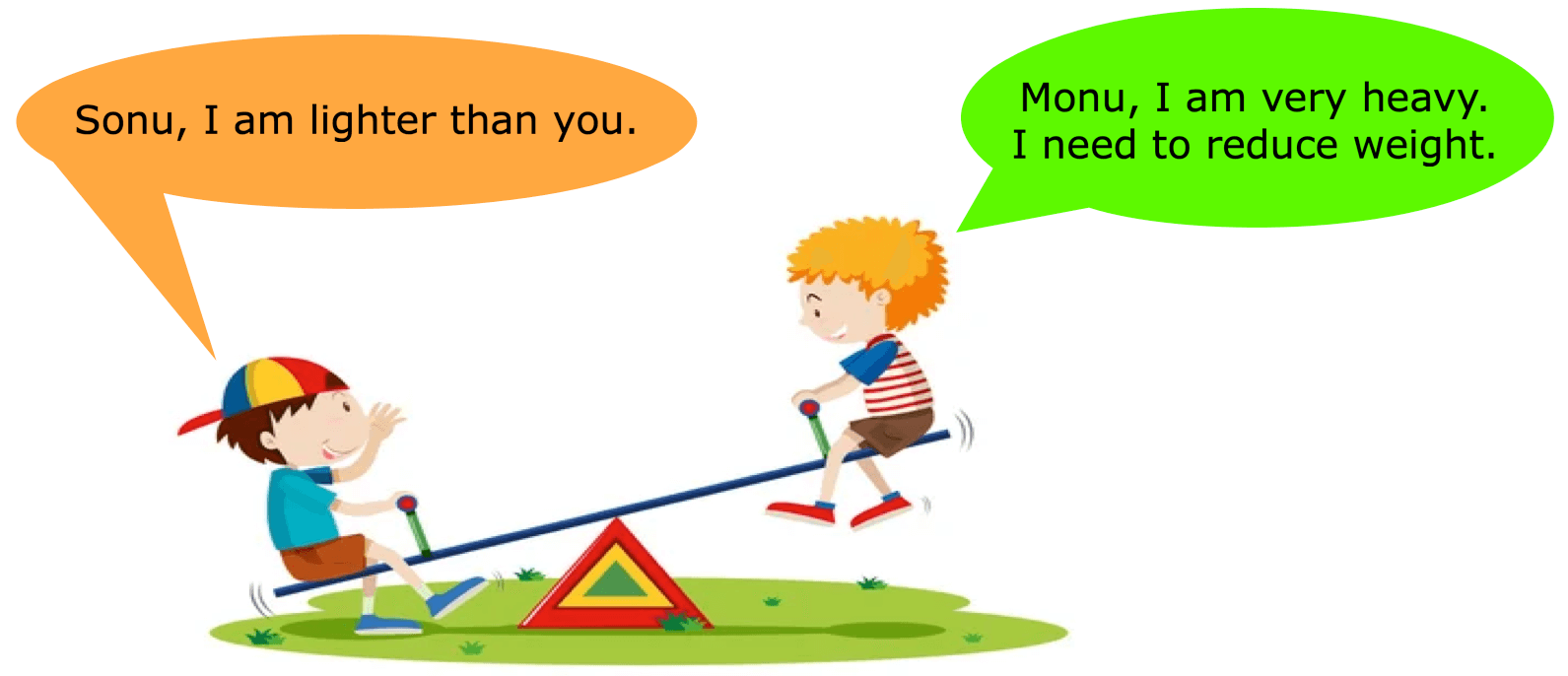
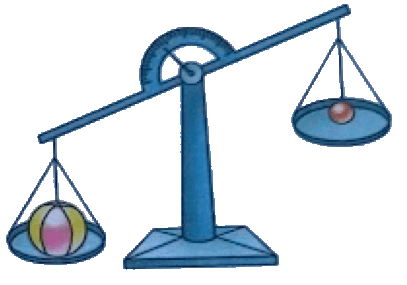
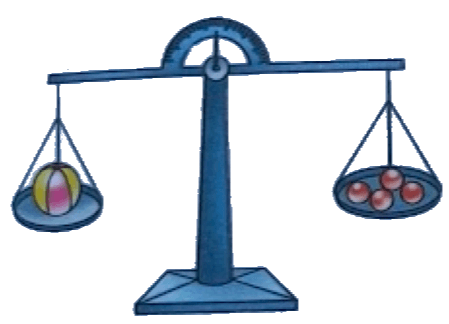
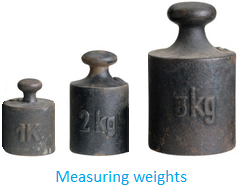



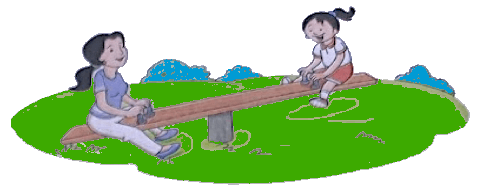
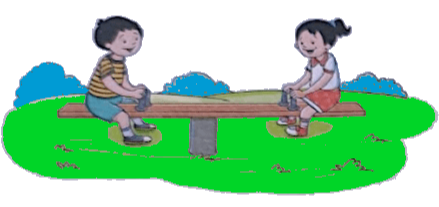
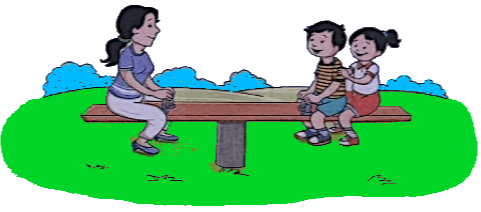


New! Comments
Have your say about what you just read! Leave me a comment in the box below. Ask a Question or Answer a Question.